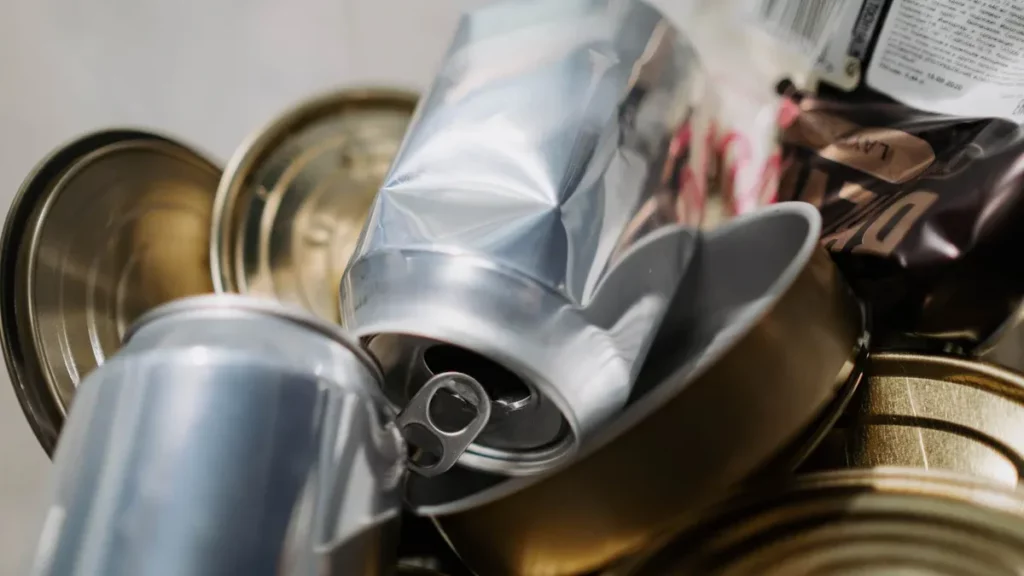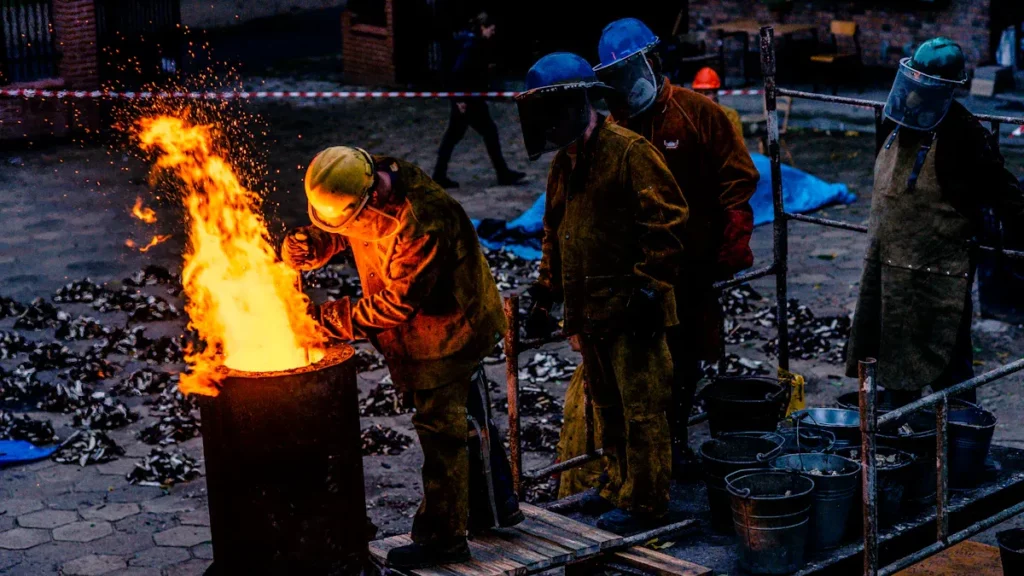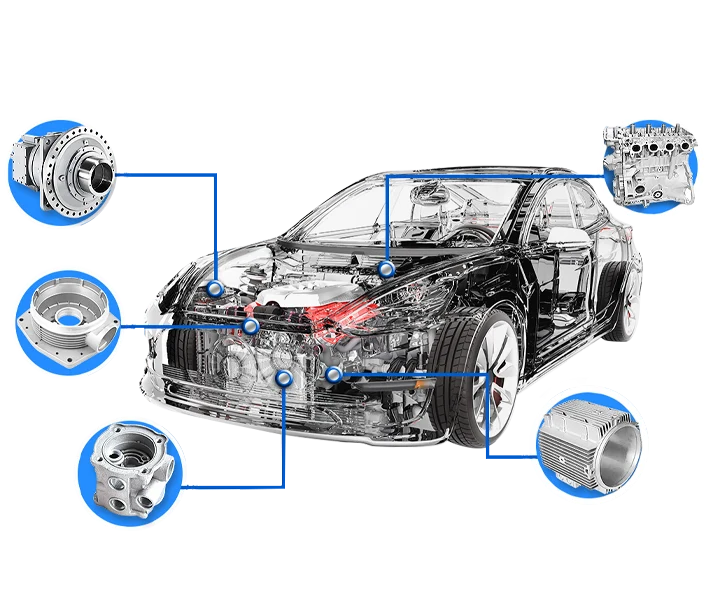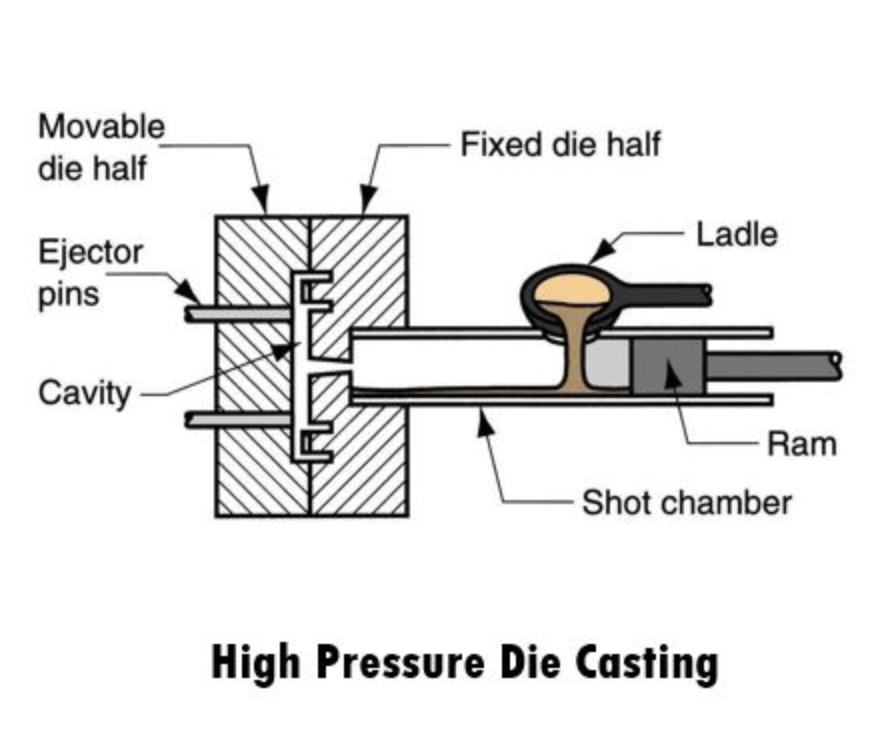في عالم التصنيع, الدقة والكفاءة ذات أهمية قصوى. هذا هو المكان 5 خطوات تصنيع المحور في, إحداث ثورة في الطريقة التي يتم بها تصميم الأجزاء المعقدة. لكن ما هو بالضبط 5 تجهيز المحور, وكيف تختلف عن طرق الآلات التقليدية? في هذا الدليل الشامل, سنتعمق في عالم 5 تجهيز المحور, استكشاف أساسياتها, التطبيقات, فوائد, وأكثر من ذلك بكثير.
فهم أساسيات الآلات
قبل أن نغرق في تعقيدات 5 تجهيز المحور, دعونا نضع أساسًا من خلال الفهم أساسيات الآلات. الآلات هي عملية تشكيل المواد, عادة المعدن, لإنشاء أجزاء أو مكونات دقيقة. طرق الآلات التقليدية, مثل 3 تجهيز المحور, إشراك الأدوات التي تتحرك على طول ثلاثة محاور خطية لقطع المواد. هذه الأساليب فعالة ولكن لها حدود عندما يتعلق الأمر بإنشاء أشكال وخطوط معقدة.
ما هو 5 تصنيع المحور?
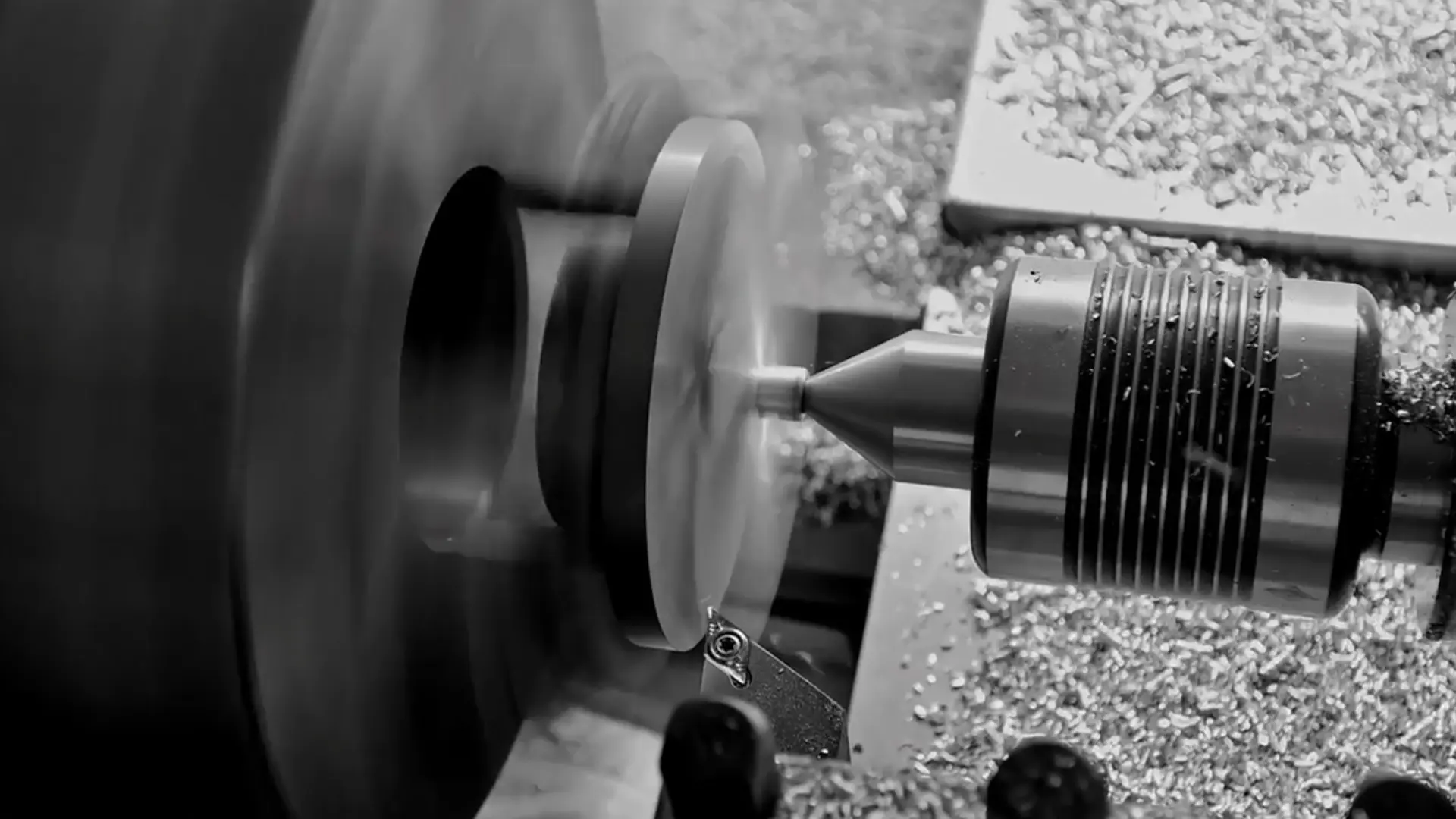
5 تجهيز المحور يأخذ الهندسة الدقيقة إلى المستوى التالي من خلال تقديم محورين دوارين إضافيين, تمكين أدوات القطع من التحرك على طول خمسة محاور مختلفة للحركة. على عكس 3 تجهيز المحور, حيث لا يمكن لأداة القطع أن تتحرك إلا في ثلاثة اتجاهات (اعلى واسفل, يسار و يمين, إلى الأمام والخلف), 5 تسمح معالجة المحور للأداة بالتدوير على طول محورين إضافيين, يشار إليها عادةً بالمحورين A وB. تمنح هذه الحركة متعددة الاتجاهات مرونة لا مثيل لها, مما يجعل من الممكن إنشاء أشكال هندسية معقدة للغاية ومعقدة بدقة وكفاءة.
كيف 5 عمل الآلات المحورية?
لفهم 5 تجهيز المحور, من الضروري فهم الحركة على طول كل محور:
- المحور السيني: الحركة الأفقية من اليسار إلى اليمين
- المحور ص: الحركة الأفقية من الأمام إلى الخلف
- محور z: حركة عمودية لأعلى ولأسفل
- المحور: حركة الدوران حول المحور السيني
- ب. المحور: حركة الدوران حول المحور ص
- التصميم والبرمجة:
- Cad (التصميم بمساعدة الحاسوب) تم إنشاء نموذج الجزء.
- كام (التصنيع بمساعدة الكمبيوتر) يتم استخدام البرنامج لإنشاء مسارات الأدوات.
- يحسب البرنامج الحركات والزوايا المثلى لأداة القطع لتحقيق الهندسة المطلوبة.
- إعداد الآلة:
- المادة الخام (الشغل) يتم تأمينه على طاولة الماكينة أو المباراة.
- يتم معايرة الأداة والآلة لضمان الدقة.
- عملية الآلات:
- تفسر وحدة التحكم CNC برنامج CAM ويرسل أوامر دقيقة إلى محركات الجهاز.
- تتحرك أداة القطع على طول x, ي, و Z محاور أثناء الدوران في وقت واحد حول محاور A و B..
- تسمح هذه الحركة المنسقة للأداة بالاقتراب من قطعة العمل من أي زاوية تقريبًا, تمكين تشكيل الأشكال والميزات المعقدة في إعداد واحد.
تطبيقات 5 تصنيع المحور
تعدد الاستخدامات 5 تعمل الآلات المحورية على توسيع تطبيقها عبر مختلف الصناعات. وإليك كيفية إحداث ثورة في عمليات التصنيع:
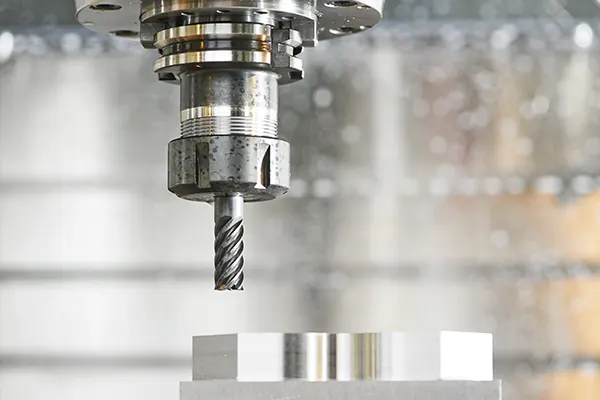
صناعة الطيران
في هندسة الطيران, حيث تتطلب المكونات أقصى درجات الدقة والتعقيد, 5 تصنيع المحور أمر لا غنى عنه. من شفرات التوربينات إلى المكونات الهيكلية للطائرات, 5 توفر آلات المحور الدقة والتعقيد المطلوبين للوفاء بالمعايير الصارمة لقطاع الطيران.
تصنيع السيارات
ال صناعة السيارات يستفيد كثيرا من 5 تجهيز المحور, وخاصة في إنتاج مكونات المحرك, أجزاء الإرسال, وألواح الجسم المعقدة. مع 5 آلات المحور, يمكن للمصنعين تحقيق تشطيبات سطحية فائقة وتفاوتات مشددة, ضمان الأداء الأمثل والموثوقية في المركبات.
القطاع الطبي
في المجال الطبي, حيث تتطلب عمليات الزرع والأطراف الصناعية المخصصة تصميمات معقدة, 5 توفر معالجة المحور دقة وتنوعًا لا مثيل لهما. سواء كان ذلك يزرع العظام, الأطراف الاصطناعية للأسنان, أو الأدوات الجراحية, 5 تتيح المعالجة المحورية إنتاج الأجهزة الطبية المعقدة بدقة استثنائية.
صنع الأدوات والقوالب
5 تعد عملية تصنيع المحاور بمثابة تغيير في قواعد اللعبة في صناعة الأدوات والقوالب, حيث تتطلب القوالب والقوالب المعقدة هندسة دقيقة. من خلال توظيف 5 آلات المحور, يمكن لصانعي الأدوات تصنيع القوالب والقوالب ذات الخطوط المعقدة والتفاصيل الدقيقة, تلبية المعايير الصارمة للصناعة التحويلية.
مزايا 5 تصنيع المحور
تبني 5 توفر المعالجة المحورية عددًا لا يحصى من الفوائد, مما يجعله الخيار المفضل للمصنعين الذين يبحثون عن الدقة والكفاءة:
دقة محسنة
مع القدرة على المناورة على عدة محاور في وقت واحد, 5 تضمن معالجة المحور دقة لا مثيل لها, مما يسمح بتصنيع الأشكال الهندسية المعقدة بأقصى قدر من الدقة.
تقليل وقت الإعداد
على عكس طرق التصنيع التقليدية التي تتطلب إعدادات متعددة للوصول إلى زوايا مختلفة, 5 تُكمل معالجة المحور عمليات القطع المعقدة في إعداد واحد, تقليل وقت الإعداد بشكل كبير وتعزيز الكفاءة.
زيادة الكفاءة
من خلال القضاء على الحاجة إلى إعادة وضع قطعة العمل, 5 تعمل الآلات المحورية على تبسيط عملية التصنيع, مما يؤدي إلى تحسين الكفاءة ودورات إنتاج أسرع.
الانتهاء من السطح الأمثل
الحركة متعددة الاتجاهات 5 تتيح آلات المحور إجراء عمليات قطع أكثر سلاسة وتشطيبات أسطح أكثر دقة, مما يؤدي إلى أجزاء عالية الجودة ذات جاذبية جمالية ممتازة وأداء وظيفي.
حرية التصميم الموسعة
5 توفر معالجة المحاور للمصممين حرية لا مثيل لها في إنشاء أشكال وخطوط معقدة, دفع حدود الابتكار وفتح الأبواب أمام إمكانيات جديدة في تصميم المنتجات.
التحديات والاعتبارات
بينما 5 توفر المعالجة المحورية العديد من المزايا, كما يأتي مع مجموعة من التحديات والاعتبارات:
البرمجة المعقدة
تسخير الإمكانات الكاملة لل 5 تتطلب معالجة المحاور مهارات برمجة متقدمة لإنشاء مسارات أدوات معقدة وتحسين استراتيجيات القطع, مما يتطلب التدريب والخبرة المتخصصة.
تكلفة الآلة وصيانتها
الاستثمار في 5 تنطوي تكنولوجيا تصنيع المحاور على تكلفة أولية كبيرة, والحفاظ على هذه الآلات المتطورة يتطلب الصيانة المنتظمة والفنيين المهرة, إضافة إلى النفقات التشغيلية الإجمالية.
إمكانية الوصول إلى الشغل
على الرغم من براعة, 5 قد يواجه تصنيع المحور قيودًا في الوصول إلى مناطق معينة من قطع العمل المعقدة, تتطلب حلولًا إبداعية وتقنيات التثبيت المتخصصة لضمان تغطية الآلات الكاملة.
تداخل الأداة
الطبيعة المعقدة ل 5 يشكل Moxis Machining خطر تدخل الأداة, حيث الأداة, حامل, أو قد تتصادم المغزل مع الشغل أو المباراة, استلزم التخطيط الدقيق والمحاكاة للتخفيف من مثل هذه الأحداث.
خاتمة
في المشهد الديناميكي للتصنيع الحديث, 5 يبرز Moxis Machining كقمة الهندسة الدقيقة, تقديم قدرات لا مثيل لها لتلبية مطالب الأجزاء المعقدة بشكل متزايد والمعقدة. مع قدرتها على دفع حدود ابتكار التصميم, تعزيز الكفاءة, وتقديم مكونات عالية الجودة, 5 يستمر Moxis Machining في إعادة تعريف مستقبل التصنيع عبر الصناعات المتنوعة. التعاون مع بيان الممثلين, نحن نقدم المستوى الأعلى 5 خدمات الآلات CNC المحور التي تضمن أعلى جودة وكفاءة في تصنيع المكونات المعقدة.
الأسئلة الشائعة على 5 تصنيع المحور
1. ما هي الصناعات الأساسية التي تستفيد من 5 تجهيز المحور?
5 يجد Moxis Machining تطبيقات واسعة في الفضاء, السيارات, طبي, والأداة والموت الصناعات, من بين أمور أخرى.
2. كيف 5 يختلف تصنيع المحور عن طرق الآلات التقليدية?
على عكس طرق الآلات التقليدية التي تعمل على طول ثلاثة محاور خطية, 5 يضيف Moxis Machining محورين دوار إضافيين, تمكين قدرات القطع متعددة الاتجاهات.
3. ما هي المزايا الرئيسية ل 5 تجهيز المحور?
بعض المزايا الرئيسية ل 5 تشمل تصنيع المحور الدقة المحسنة, انخفاض وقت الإعداد, زيادة الكفاءة, الانتهاء من السطح الأمثل, وتوسيع حرية التصميم.
4. ما هي التحديات الرئيسية المرتبطة بـ 5 تجهيز المحور?
التحديات في 5 تشمل آلات المحور البرمجة المعقدة, ارتفاع تكلفة الماكينة والصيانة, إمكانية الوصول إلى الشغل, وخطر تدخل الأداة.
5. ثقبعة 5 آلة طحن المحور?
أ 5 آلة طحن المحور هو نوع من CNC (التحكم العددي بالكمبيوتر) الآلة التي يمكنها نقل أدوات القطع على طول خمسة محاور مختلفة في وقت واحد. على عكس التقليدية 3 آلات المحور, التي تتحرك على طول x, ي, و Z المحاور الخطية, أ 5 تتضمن آلة طحن المحاور أيضًا محورين دوار إضافيين (يشار إليها عادةً بالمحورين A وB).

